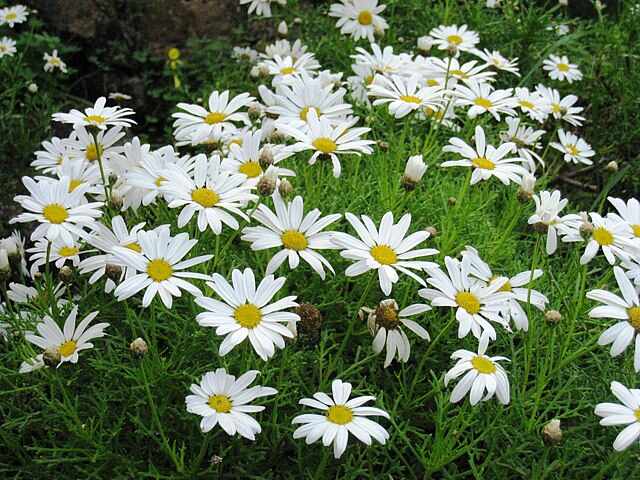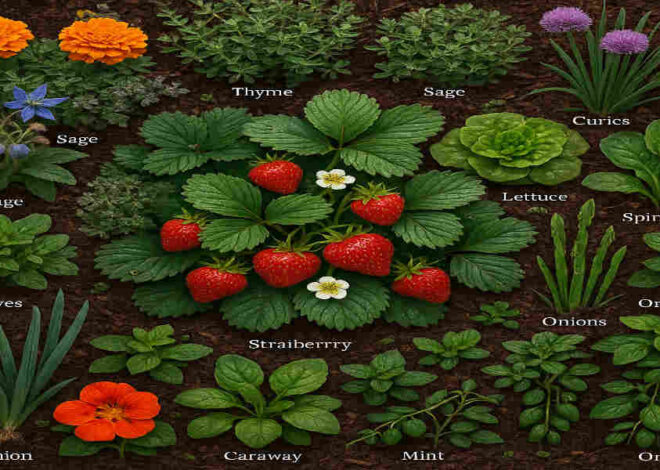
How to Care for Marguerite Daisies in Your Home Garden
The Marguerite daisy, known for its cheerful blooms and ease of care, continues to captivate gardeners globally. Originating from the Canary Islands, this plant is admired for its vibrant colours and lush foliage and its ability to bring life to gardens almost all year round.
Understanding the Marguerite Daisy

What is a Marguerite Daisy?
The marguerite daisy (Argyranthemum frutescens), also known as the Paris daisy, Canary daisy, or cobby daisy, thrives in mild climates and prefers full sun exposure. Typically growing to about 12-24 inches in height, it features daisy-like flowers ranging from white and yellow to pink, with vibrant green foliage.
Why Choose Marguerite Daisies for Your Garden?
Marguerite daisies are not just beautiful; they are practical, too. They attract pollinators, have a long blooming season, and are versatile enough for flower beds, borders, or containers. Compared to other daisies like the Shasta daisy, they offer more continuous flowering and require less maintenance.
Choosing the Right Location and Soil
Sunlight Requirements
These daisies flourish under full sun, needing at least six hours of sunlight daily. In hotter climates, some afternoon shade is beneficial to prevent scorching.
Soil Preferences
The ideal soil for marguerite daisies is well-draining and fertile, with a neutral to slightly acidic pH. Enhancing garden soil with compost or organic matter can significantly improve plant health.
Site Preparation Tips
Proper spacing (about 12–15 inches apart) and pre-preparation of planting sites, whether in beds or containers, are crucial for optimal growth.
Planting Marguerite Daisies
Starting from Seeds vs. Transplants
You can start marguerite daisies from seeds indoors before the last frost of spring or opt for transplants to get a head start on the growing season.
Step-by-Step Planting Guide
When planting, ensure the holes are twice as wide as the root balls, and water thoroughly after planting to establish roots.
Container Planting
Using pots with adequate drainage and choosing the right soil mix is vital for the health of container-planted marguerite daisies.
Essential Marguerite Daisy Care Tips
Watering
New plants need regular watering (about 1 inch per week), but established plants are somewhat drought-tolerant. Always check soil moisture to avoid overwatering.
Fertilizing
A monthly dose of all-purpose liquid fertilizer during the growing season helps promote healthy blooms, but be cautious of over-fertilization.
Pruning and Deadheading
Regular deadheading of spent flowers encourages more blooms, while occasional pruning can help maintain shape and promote bushier growth.
Temperature and Humidity
The ideal temperature range for marguerite daisies is 60–70°F. In colder climates, consider overwintering strategies like bringing plants indoors.
Pest and Disease Management
Watch for aphids, spider mites, and diseases like root rot. Employing organic preventive measures can help maintain plant health.
Propagation Methods
Growing from Seeds
Timing and proper technique are crucial when starting marguerite daisies from seeds.
Stem Cuttings
Taking stem cuttings in early summer can be an effective way to propagate new plants.
Division
Dividing mature plants every few years helps rejuvenate them and increase plant stock.
Seasonal Care Guide
Spring
Focus on planting and fertilizing to encourage vigorous new growth.
Summer
Regular watering, deadheading, and pest control are crucial during the peak blooming season.
Fall
Reduce watering and prepare plants for dormancy.
Winter
Implement overwintering strategies appropriate for your climate, such as mulching or moving plants indoors.
Creative Uses and Design Ideas
Landscaping with Marguerite Daisies
Consider using marguerite daisies for mass plantings, borders, or as vibrant additions to container gardens.
Companion Planting
Pairing marguerite daisies with other plants can enhance garden aesthetics and help control pests naturally.
Cut Flowers and Indoor Displays
These daisies make excellent cut flowers for indoor arrangements, adding a splash of colour to any room.
Troubleshooting Common Problems
Yellowing Leaves, Wilting, and Poor Bloom
Identify and address common issues such as overwatering or nutrient deficiencies.
Dealing with Pests and Diseases
Recognize signs of infestation or disease early and apply appropriate treatments.
Reviving Struggling Plants
Steps to restore health and vigour to underperforming daisies.
Conclusion & Key Takeaways
We hope this guide inspires you to add marguerite daisies to your garden. With just a bit of care, they can provide vibrant colour and life to your outdoor spaces throughout the year. Share your experiences and tips in the comments below!
You may also read (how to harvest asparagus like a pro expert tips for perfect spears)


